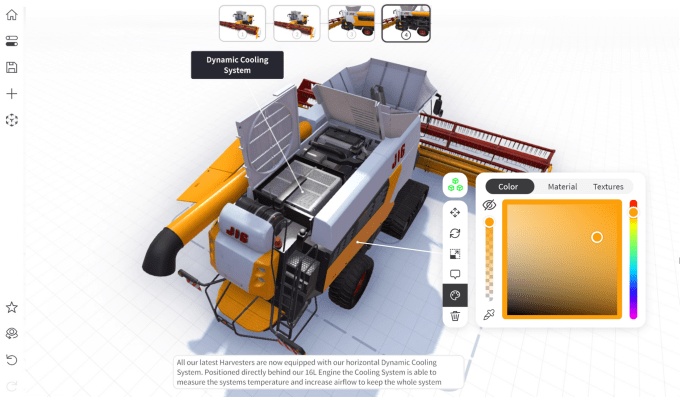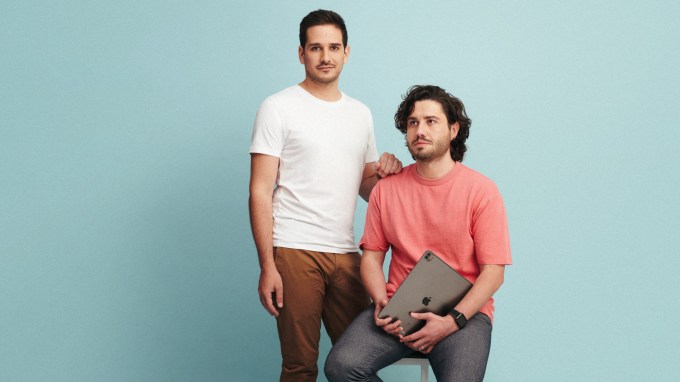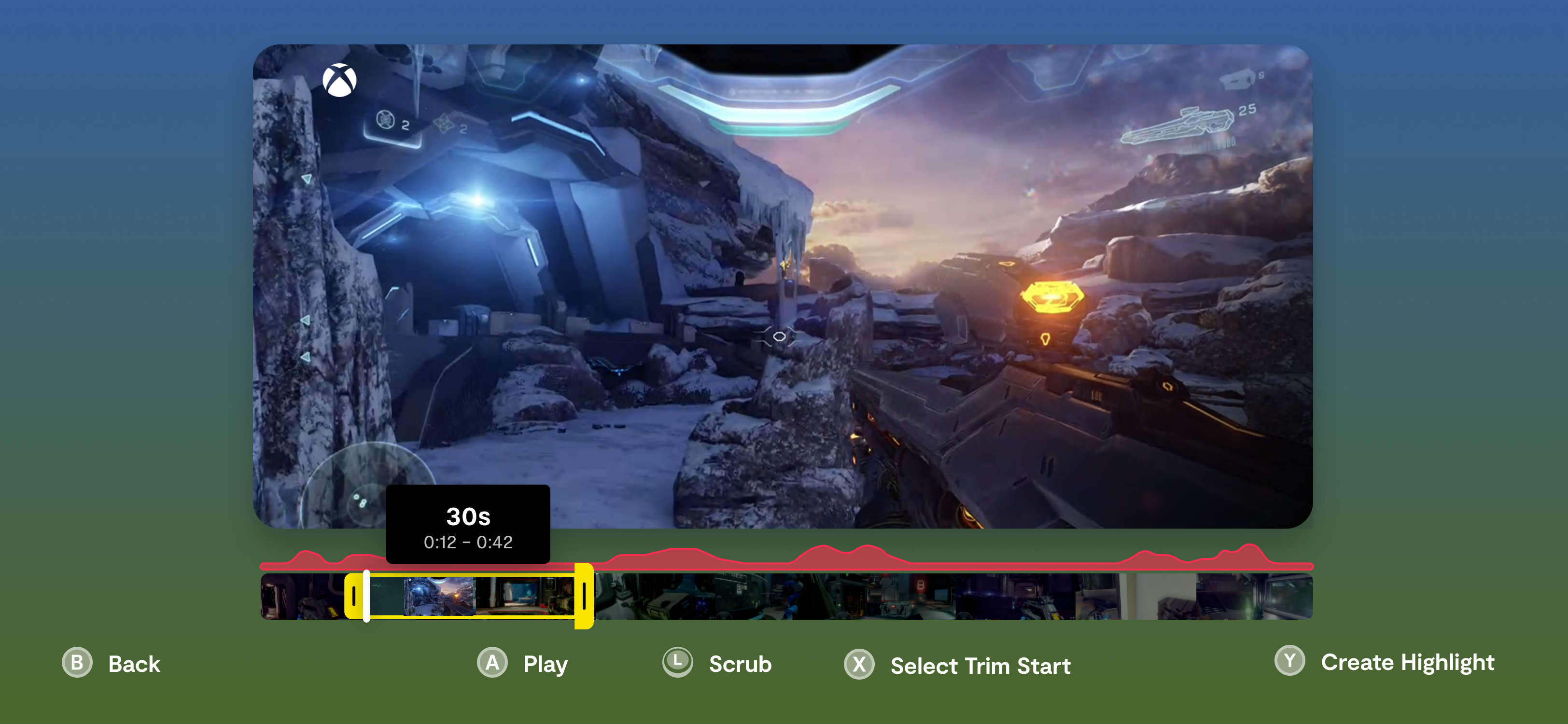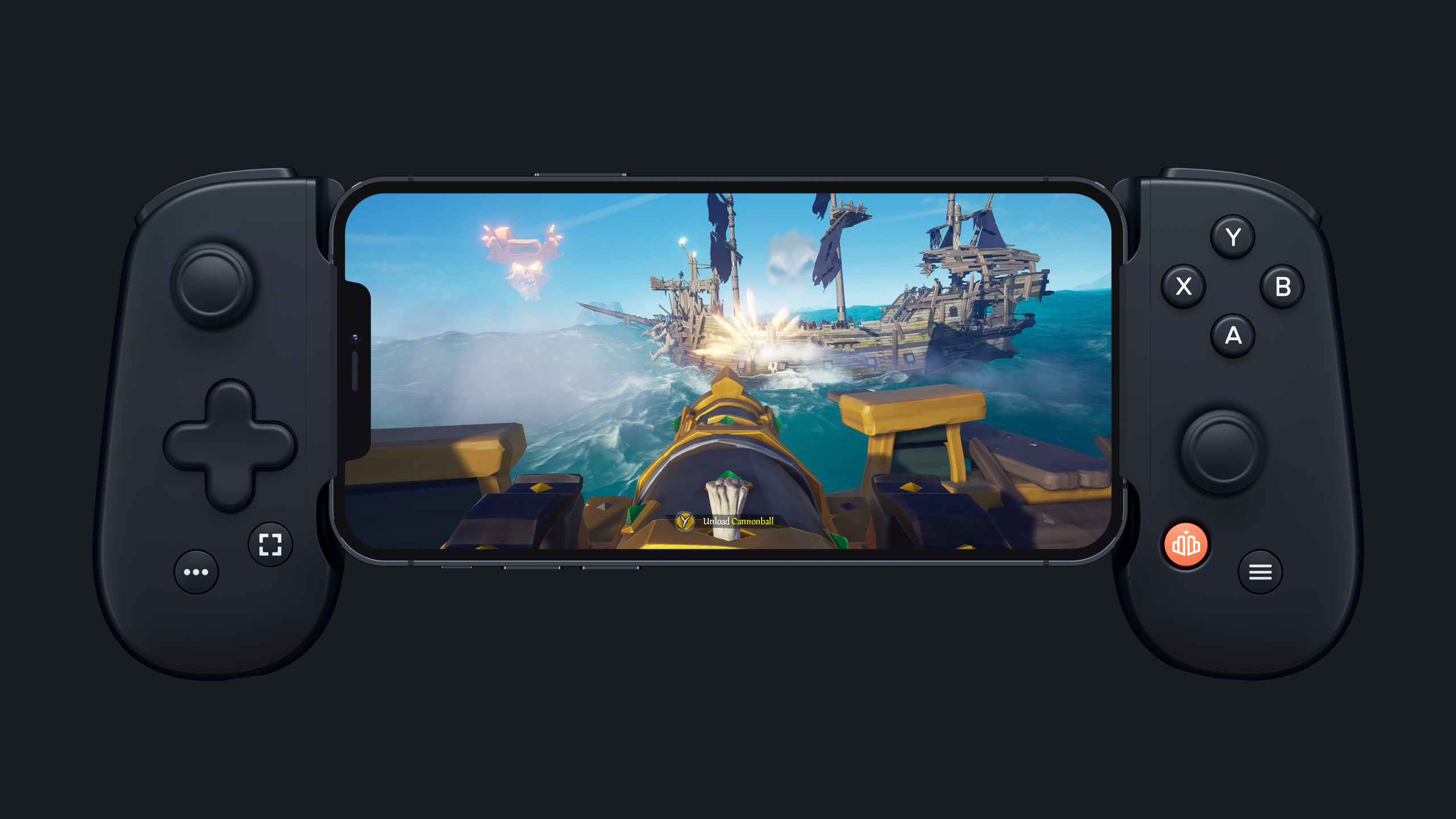Following similar moves by Apple, Google, and more recently Amazon, among others, e-commerce platform Shopify announced today it’s also lowering its cut of developer revenue across its app marketplace, the Shopify App Store, as well as the new Shopify Theme Store. The news was announced today alongside a host of other developer-related news and updates for the Shopify platform at the company’s Unite 2021 Conference, including updates to Checkout, APIs, developer tooling and frameworks, among other things.
Shopify says its app developer partners earned $233 million in 2020 alone, more than 2018 and 2019 combined — an increase that can likely be attributed, in part, to the COVID-19 pandemic and the rapid shift to e-commerce that resulted. Today, there are over 6,000 publicly available apps across the Shopify App Store, and on average, a merchant will use around six apps to run their business.
Now, Shopify says it will drop its commissions on app developer revenue to 0%, down from 20%, for developers who make less than $1 million annually on its platform. This benchmark will also reset annually, giving developers — and, particularly those on the cusp of $1 million — more earning potential. And when Shopify’s revenue share kicks in, it will now only be 15% of “marginal” revenue. That means developers will pay 15% only on revenue they make that’s over the $1 million mark.
The same business model will apply to Shopify’s Theme Store, which opens to developer submissions July 15.
As the two stores are separate entities, the $1 million revenue share metric applies to each store individually. The new business model will begin on August 1, 2021 and will be made available to developers who register by providing their account details in their partner dashboard.
Shopify says the more developer-friendly business model will mean a drop in company revenue, but says it doesn’t expect this impact “to be material” because it will encourage greater innovation and development.
The changes to Shopify’s App Store follow a shift in the broader app store market around developer commissions.
Last year, amid increased regulatory scrutiny over how it runs its App Store, Apple announced it would reduce the App Store commissions for smaller businesses under a new program where developers earning up to $1 million per year would only have to pay a 15% commission on in-app purchases. Google and Amazon have since followed suit, each with their own particular spin on the concept. For example, in Google’s case, the fee is 15% on the first million the developer earns. Amazon is still charging a higher percentage at 20%, but is tacking on AWS credits as a perk.
Apple and Google, in particular, hope these changes can help shield them from antitrust investigations over their alleged app store monopolies, while also giving developers a better reason to participate in their own slice of the app economy.
Outside of mobile, Microsoft this year agreed to match the 12% cut on game sales that Epic Games takes on its Windows Store, as a means of increasing the pressure on its rivals. With the larger update to the new Windows 11 Store, it will allow developers to use their own payment platforms, while keeping its commission at 15% on apps.
To date, much of the momentum in the market has been focused on lowering the cut of app and games sales. Shopify’s app platform is different — it’s about apps that are used to enhance an e-commerce business, like those that help with shipping and delivery, marketing, merchandising, store design, customer service and more. These are not consumer-facing apps, but they are still marketed in an app store environment.
While the changes to developers’ businesses is the big news today from Unite 2021, that’s not to diminish from the host of updates Shopify announced related to its larger platform.
Among the updates are: the debut of Online Store 2.0, a more flexible and customizable update to Shopify’s Liquid platform (its templating language), which Netflix was the first to test; investments in custom storefronts for faster response times; a new React framework for building custom storefronts called Hydrogen; a way to host Hydrogen storefronts on Shopify called Oxygen; support for more Metafields for products and product variants and custom content that’s built on top; speedier Spotify Checkout; Checkout Extensions (customizations built by developers); easier and more powerful Shopify Scripts; a Payments Platform for integrating third-party payment gateways into Checkout; updates to its Storefront API; and more.
The company today also shared a few more business metrics, noting, for instance, that last year over 450 million people checked out on Shopify, totaling $120 billion in gross merchandise volume. It said its Shopify partners — which include app developers, theme builders, designers, agencies and experts — earned $12.5 billion in revenue in 2020, up 84% year-over-year, and 4x the revenue of Shopify’s own platform.

from Apple – TechCrunch https://ift.tt/3w9JZuq



